According to research published by German wildlife conservation group Pro Wildlife, frog legs may be considered a delicacy, but demand for frog legs in France and Belgium is on the rise in countries including Indonesia , Turkey and Albania . Frog populations in supplier countries pose a growing threat.

According to reports, the EU imports about 4,070 tons of frog legs every year, equivalent to 81 million to 200 million frogs, most of which are caught from the wild. Dr Sandra Altherr, co-founder of Pro Wildlife, described it as "a domino effect that is fatal to species conservation".
In Indonesia, the once widely traded Javan frog (Limnonectes macrodon) has largely disappeared.
Meanwhile, scientists have warned that edible frogs native to Turkey could become extinct by 2032 if large numbers of them continue to be captured from the wild.

Albania's Scutari water frog is now highly endangered.
And in Albania, the EU's fourth largest supplier of frog legs, the Scutari water frog (Pelophylax shqipericus) is now highly endangered.
Strictly speaking, Belgium is the world's largest importer of frog legs, accounting for 70% of the EU market, followed by France (17%), the Netherlands (7%), Italy (4%) and Spain (2%) .
However, Pro Wildlife's Deadly Dish report shows that the majority of frog legs imported into Belgium are re-exported to other EU member states.
According to French customs statistics, France imported 30,015 tons of fresh, chilled or frozen frog legs between 2010 and 2019.
UK, Croatia , Czech Republic , Poland , Romania and Germany also import smaller quantities.
About 74% of EU imports come from Indonesia, 4% from Türkiye and 0.7% from Albania.

Between 2010 and 2019, the EU imported more than 30,000 tons of frog legs from Indonesia alone.
Thigh-legged species such as the crab-eating frog (Fejervarya cancrivora) and the East Asian frog (Hoplobatrachus rugulosus) are particularly in demand among gourmets.
Dr Alzer said India and Bangladesh initially supplied frog legs to Europe in the 1980s, but since the 1990s Indonesia has become the largest supplier. In this Southeast Asian country, like in Turkey and Albania, large frog species are disappearing one after another.
While the United States also imports large quantities of frogs for consumption, these are primarily frogs raised specifically for trade, while the EU mainly imports wild-caught frogs.
Charlotte Nithart, president of the French organization Robin des Bois, said the trade in frog legs had a direct impact not only on the frogs themselves, but also on nature conservation.
Frogs play a central role in the ecosystem as insect killers, she said. Where frogs disappear, the use of toxic pesticides increases.

The large-legged species of East Asian frog is particularly in demand among gourmets.
Professional wildlife groups are reportedly calling on the European Union to stop overexploiting frog populations for the local food market.
They also called for restrictions on international trade through the Convention on International Trade in Endangered Species of Wild Fauna and Flora.
According to International Union for Conservation of Nature (IUCN), amphibians are the most threatened group of vertebrates.
The EU's Habitat Directive prevents the capture of native wild frogs in member states, but the bloc does not restrict imports.
IUCN claims that at least 1,200 amphibian species (17% of the total) are traded on international markets.
Text/Nandu reporter Chen Lin
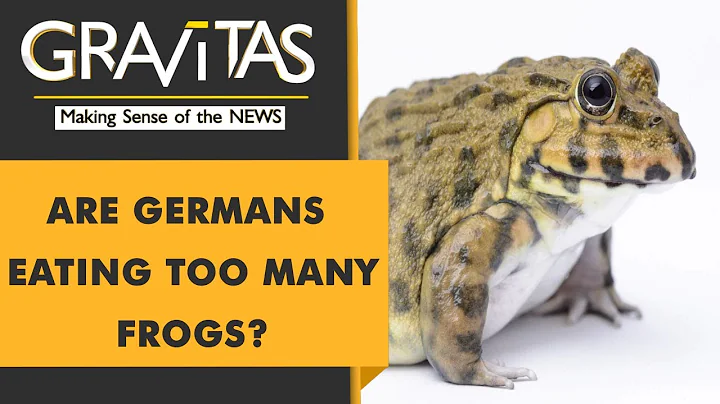



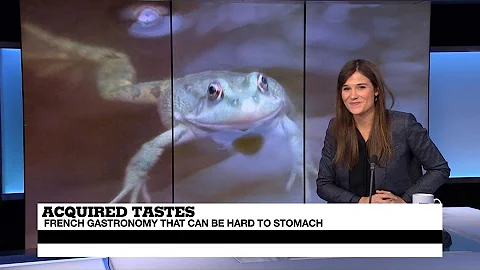
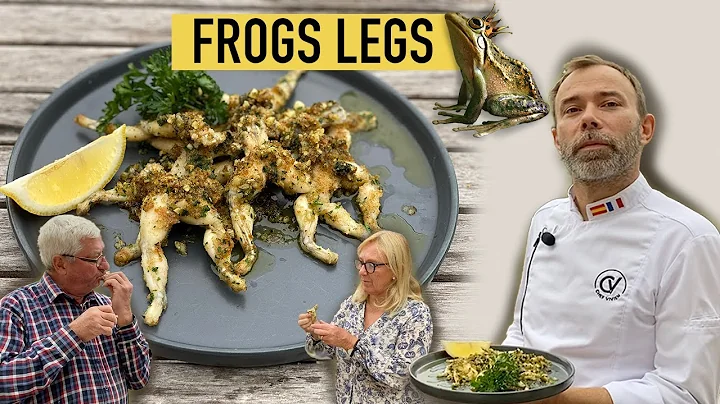

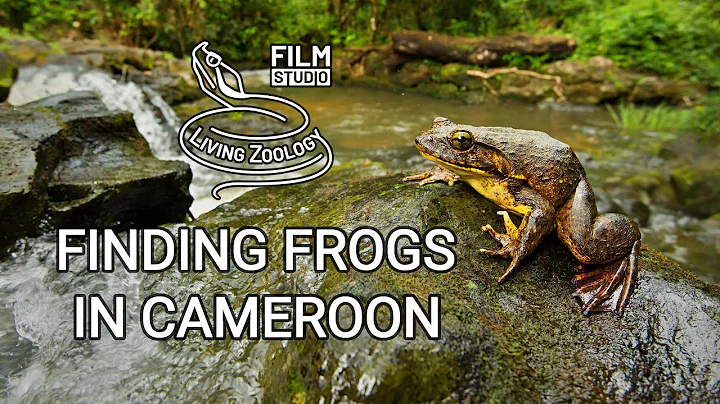
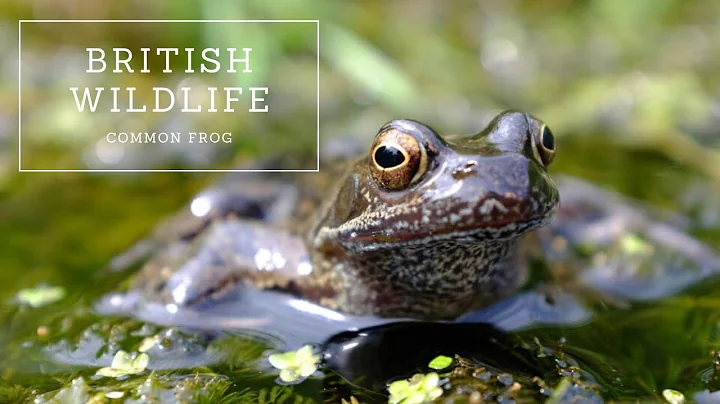












![Anitta - Envolver [Official Music Video] - DayDayNews](https://i.ytimg.com/vi/hFCjGiawJi4/hq720.jpg?sqp=-oaymwEcCNAFEJQDSFXyq4qpAw4IARUAAIhCGAFwAcABBg==&rs=AOn4CLAZU0gNB8pzGZtcYTqV5TTImjkX3w)